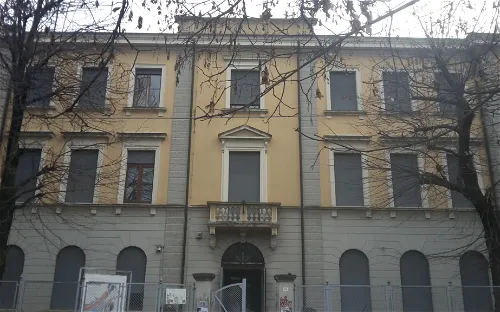Museum of the History of Physics and its collection
The Museum of the History of Physics is situated within the Department of Physics and Astronomy “Galileo Galilei” at the University of Padua. This location is significant as it is a hub of scientific learning and research, making it an ideal place to house a collection of historical scientific instruments. Visitors to the museum can expect to be immersed in the rich scientific history of the University of Padua, which has been characterized by innovation and experimental vocation since the 18th century.
Collection of the Museum of the History of Physics
The Museum of the History of Physics houses approximately 700 pieces within the educational hub of the Department of Physics and Astronomy. These pieces represent a wide range of scientific disciplines and periods, offering visitors a comprehensive overview of the development of scientific thought and technology from the Renaissance to the present day. The remaining pieces from the collection are stored in various deposits, ensuring their preservation for future generations.
The Astrolabe in the Museum's Collection
One of the oldest and most unique pieces in the Museum of the History of Physics is an astrolabe signed “Renerus Arsenius Nepos Gemme Frisy Faciebat Louany 1566”. This instrument is unique in that both the tympanums and the network of this astrolabe extend south of the Tropic of Capricorn, a feature not mentioned in Islamic or Western texts of the time. This astrolabe offers a fascinating insight into the scientific knowledge and craftsmanship of the 16th century.
Science & Technology Astronomy Archaeology Renaissance art & Early modern art

